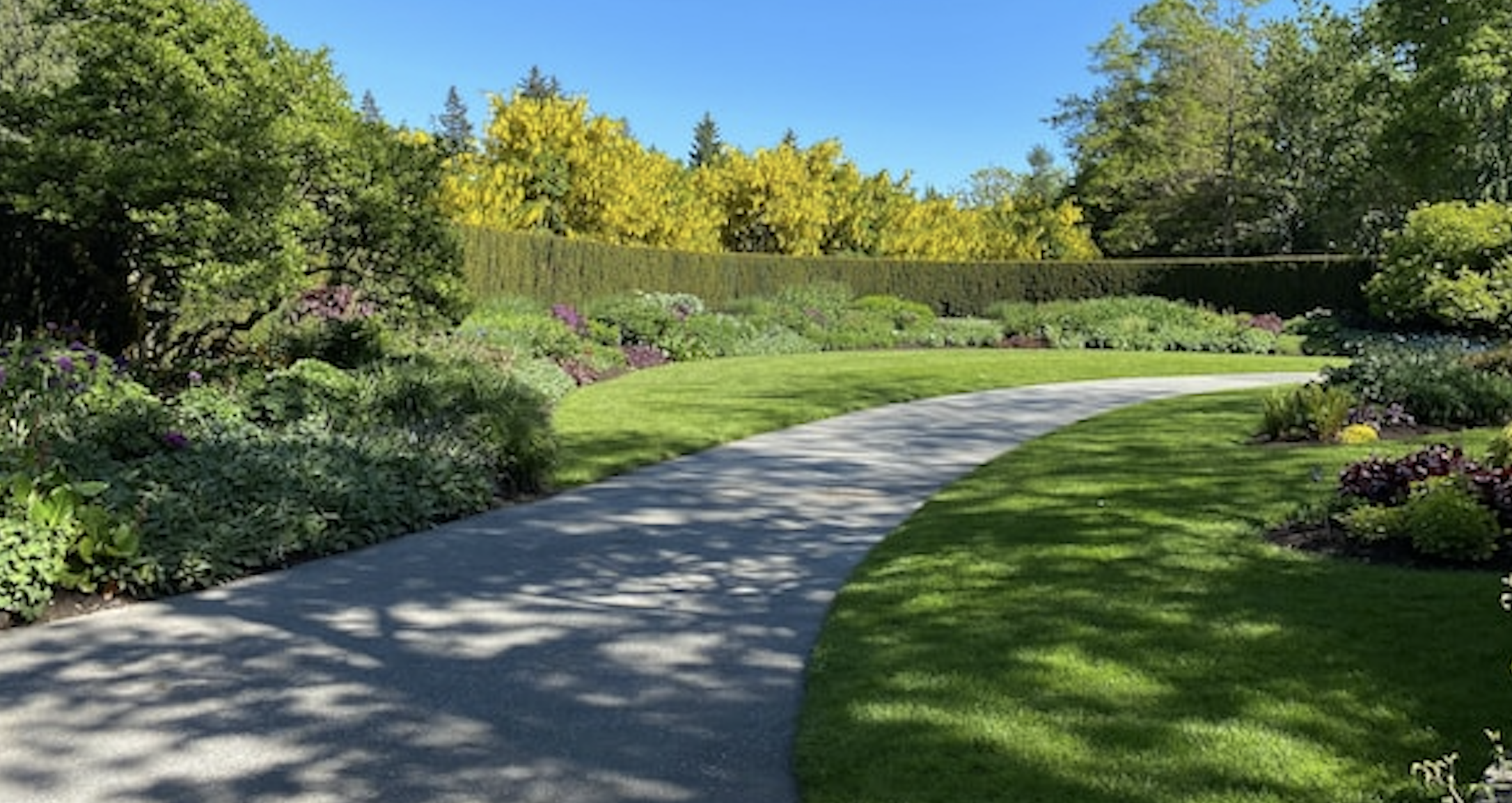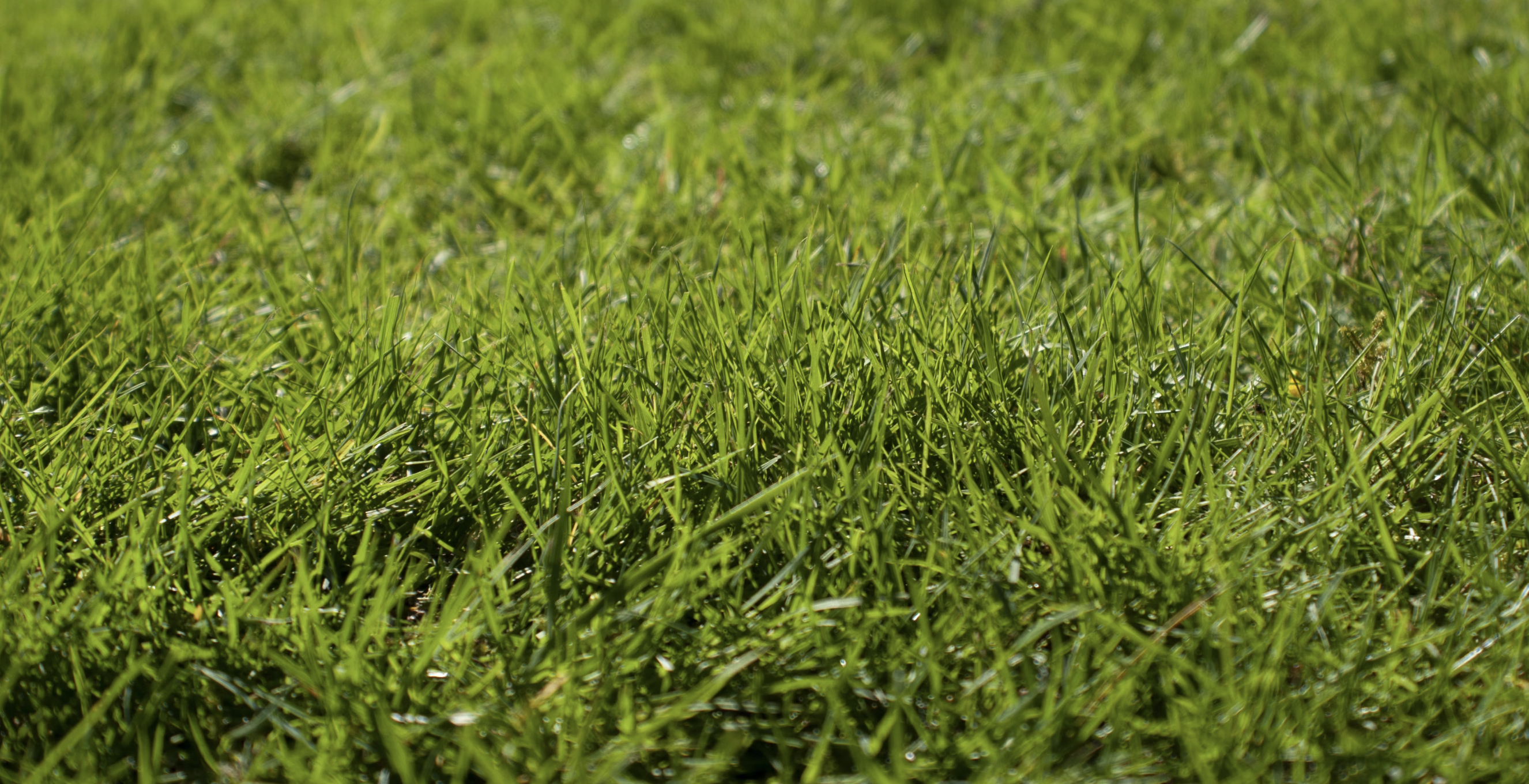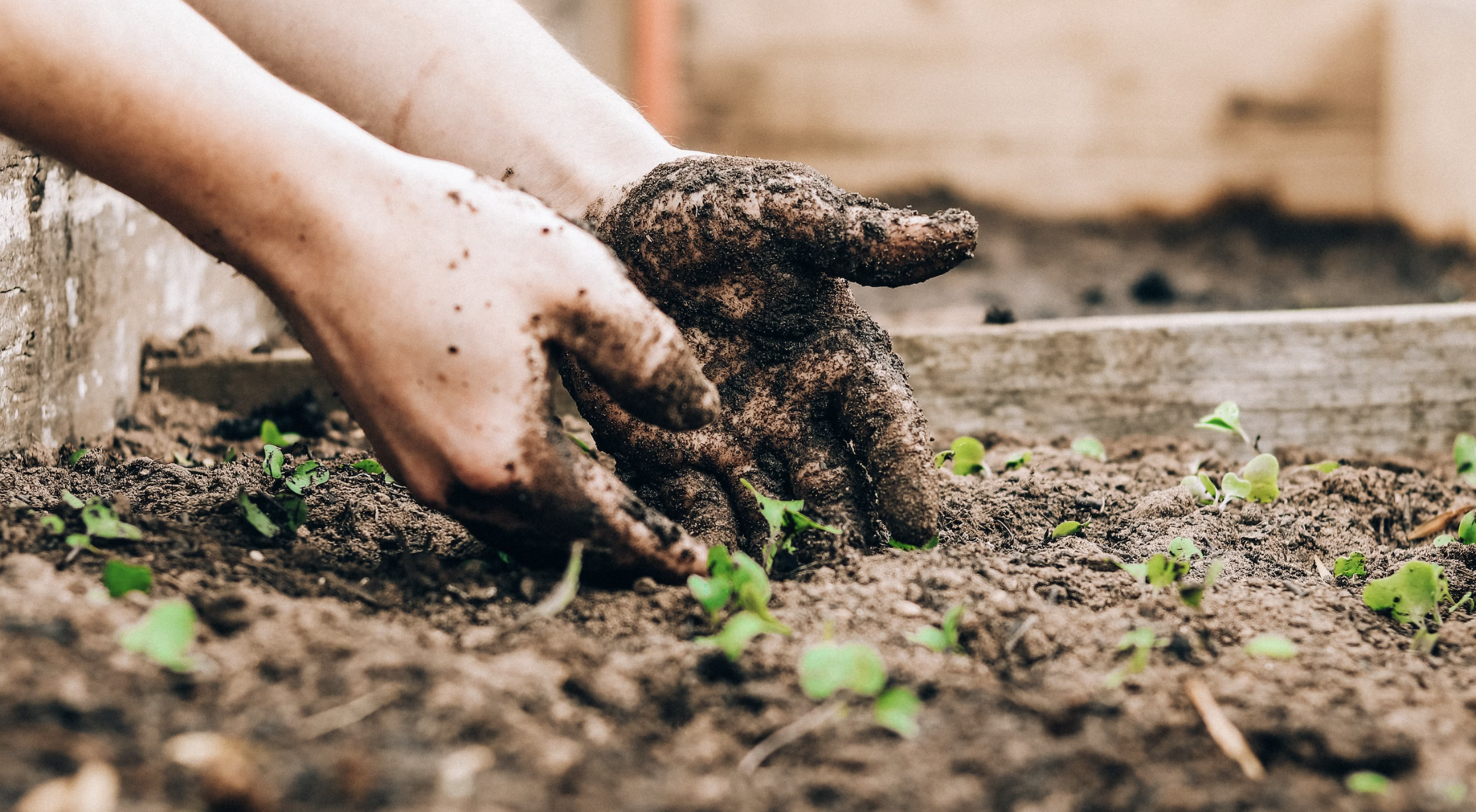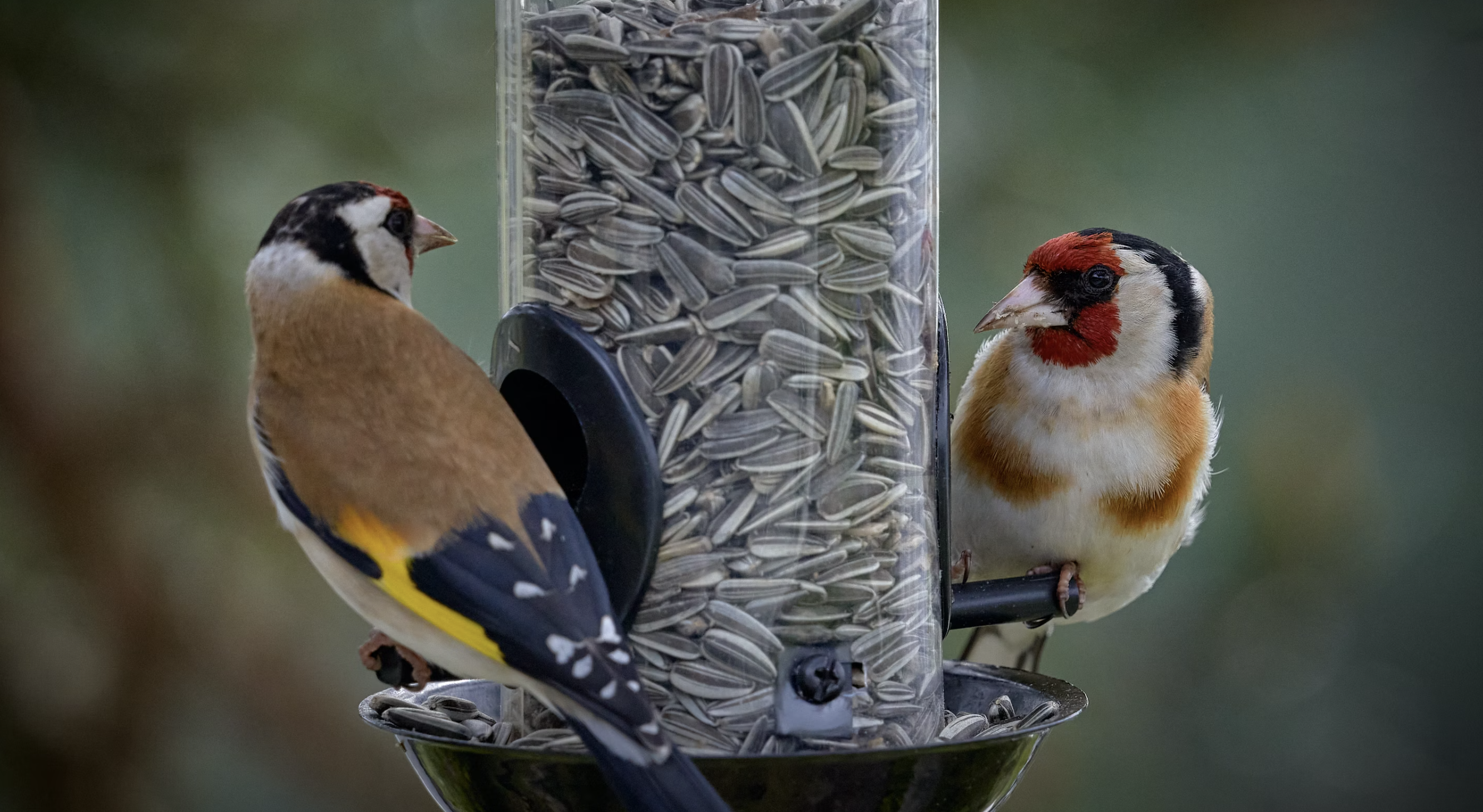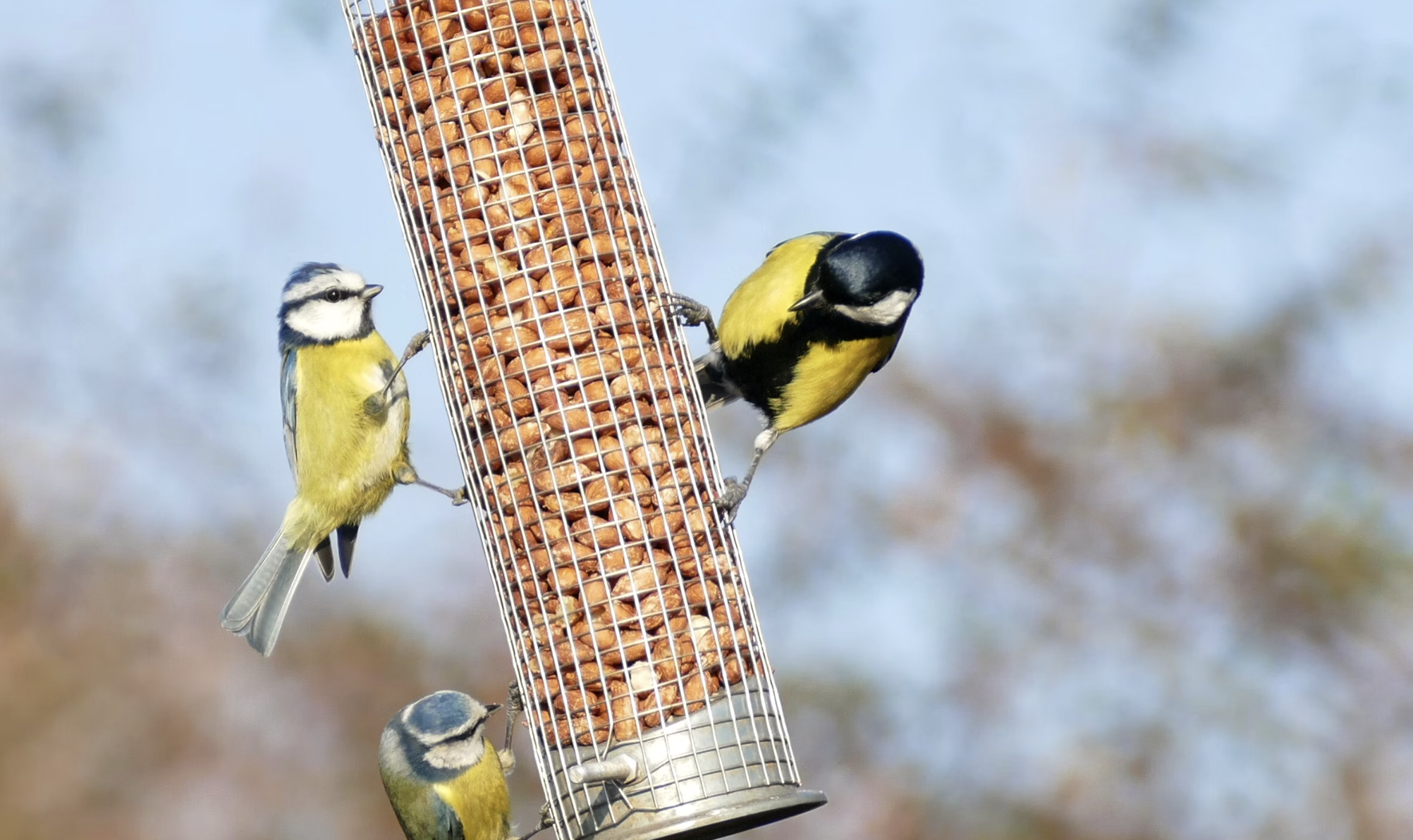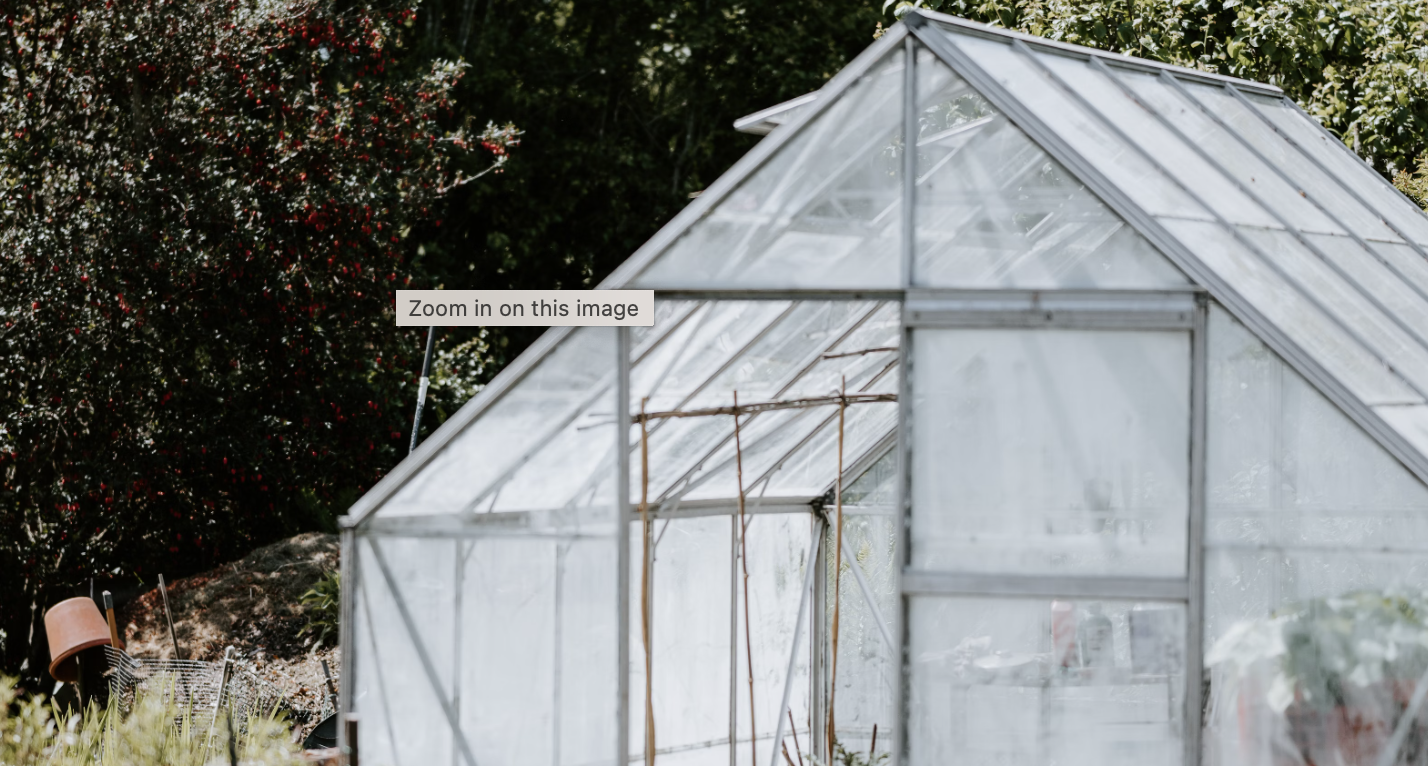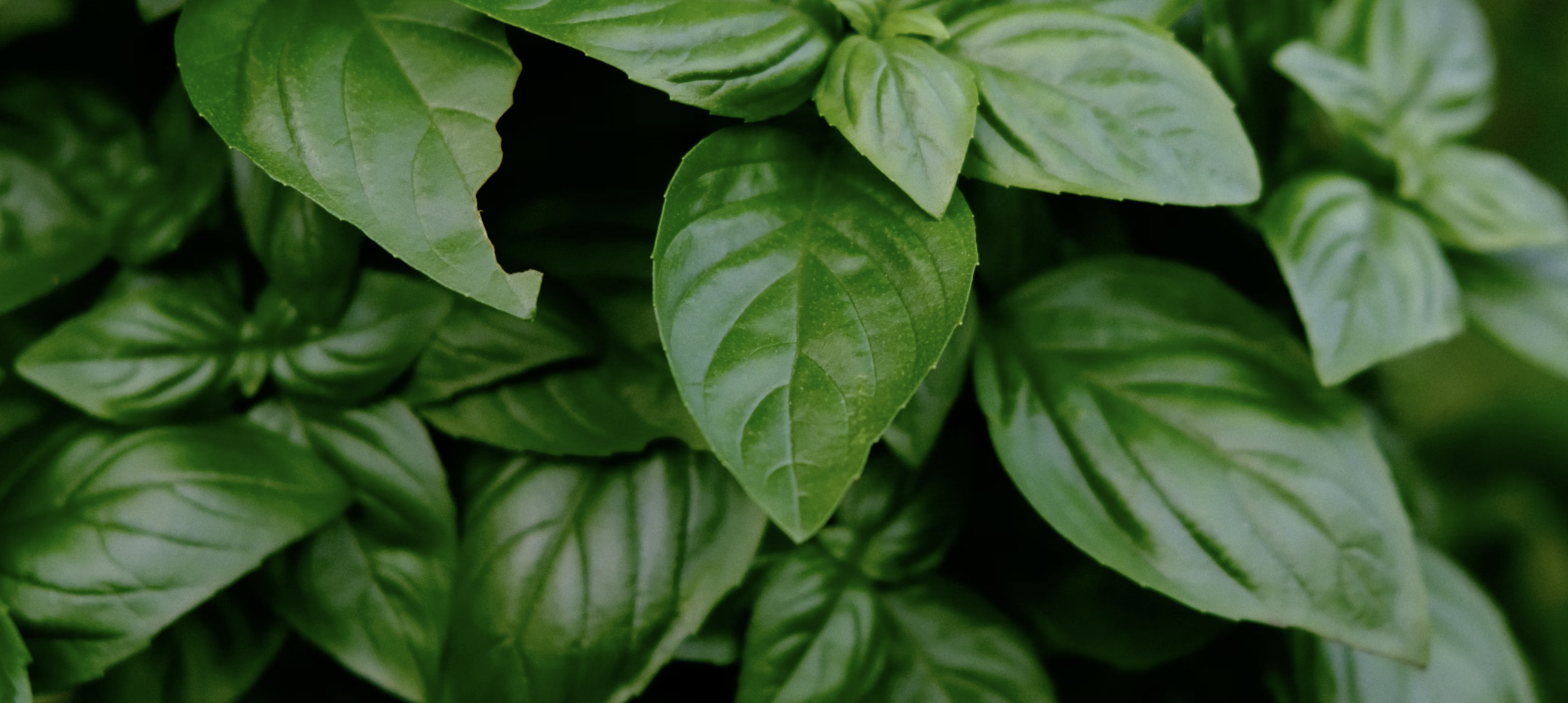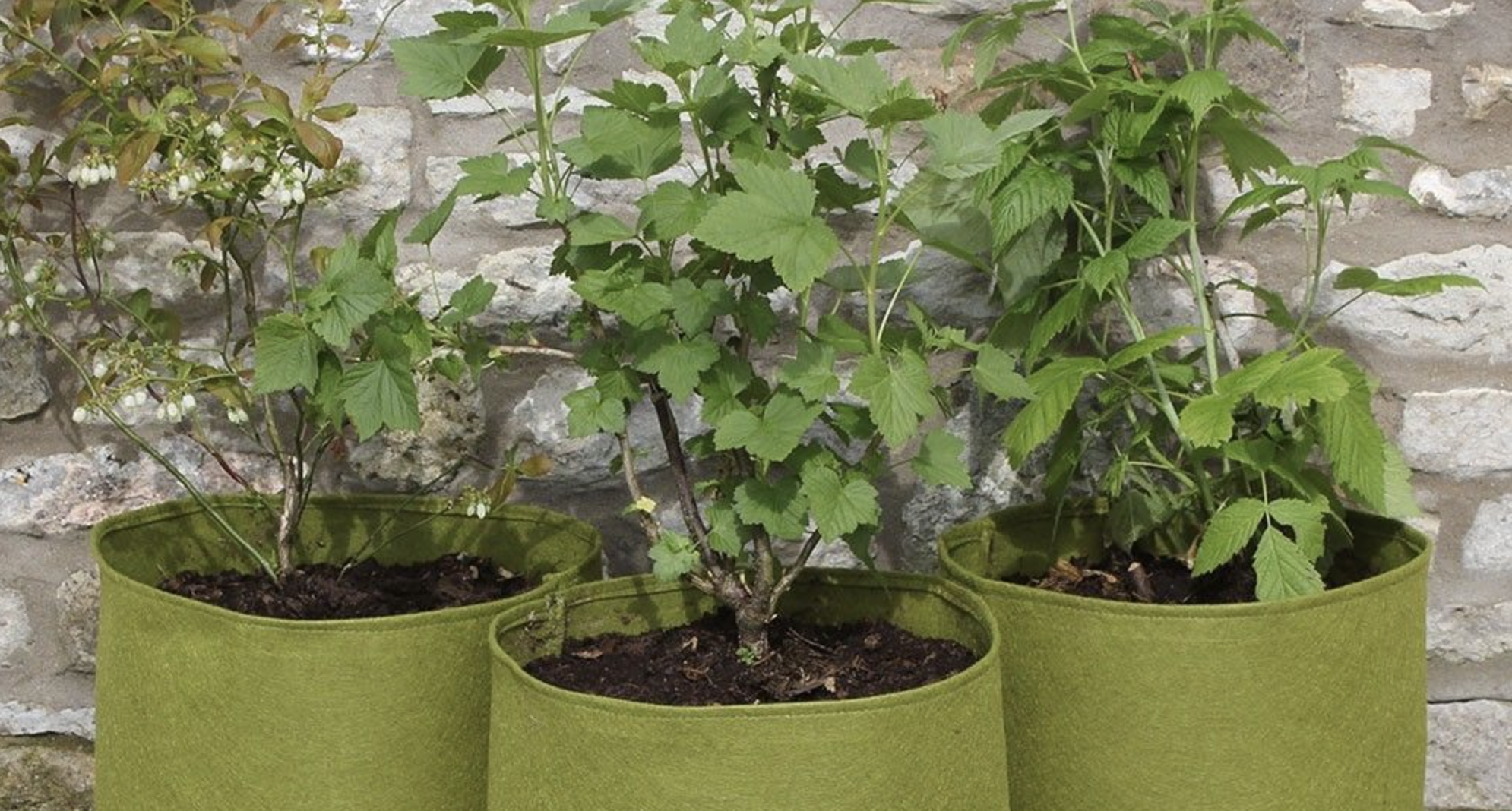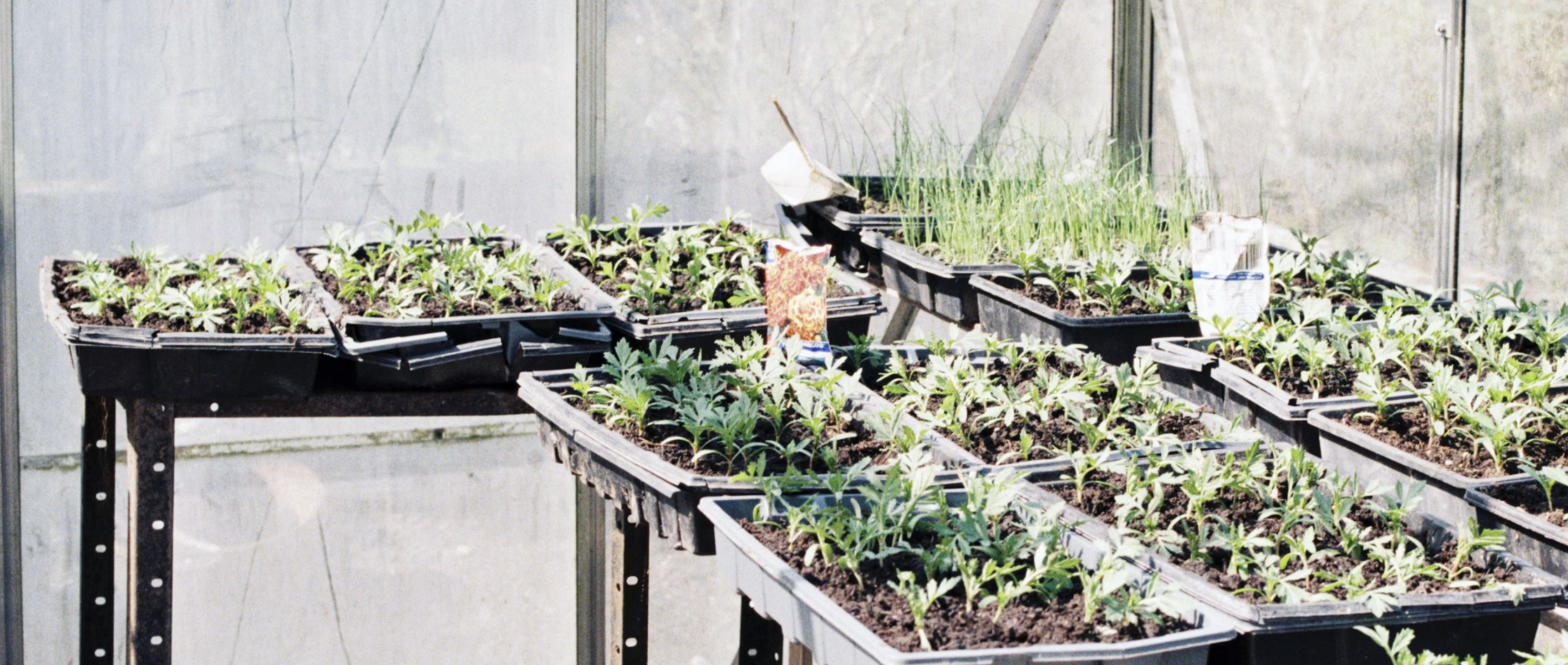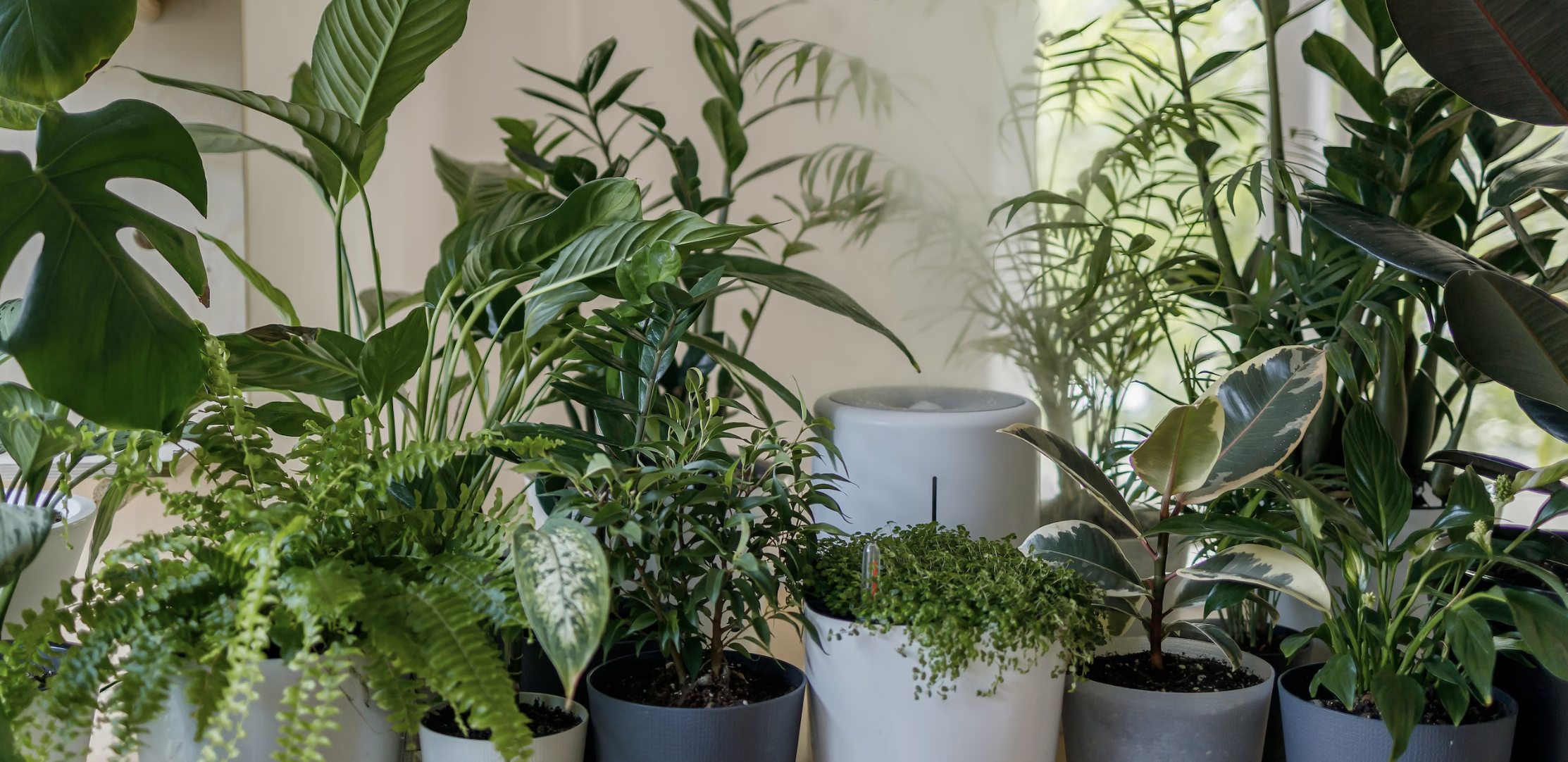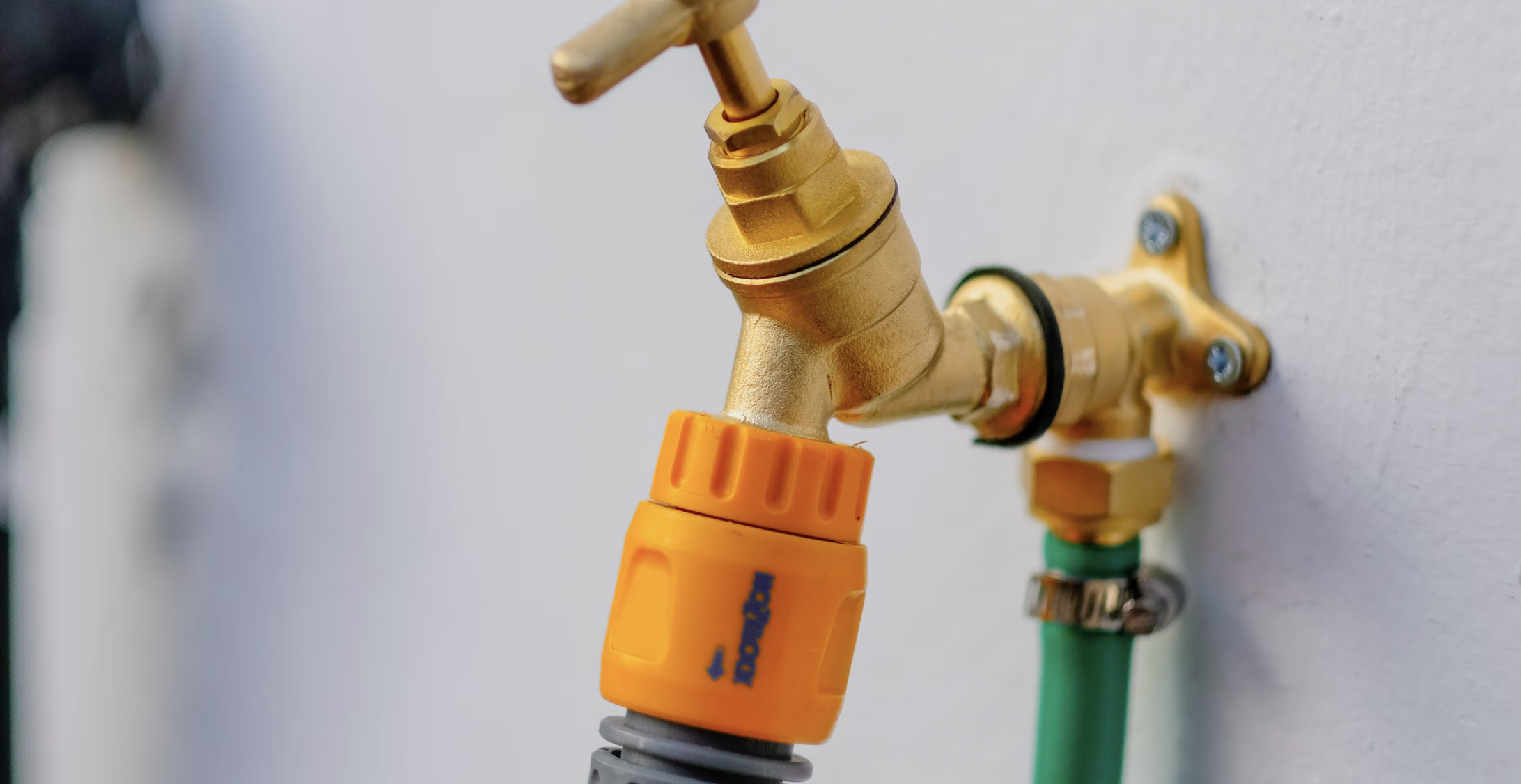
Transform your garden into a lush oasis with the best hose valves on the market. Whether you're a seasoned gardener or just starting out, having the right hose valve can make a world of difference in water efficiency and plant health. With so many options available, it can be overwhelming to choose the right one for your specific needs. But fear not, because we've done the research for you.
Our top-quality hose valves are designed to withstand the toughest weather conditions and deliver a steady and controlled flow of water to your plants. They are crafted with precision to ensure durability and ease of use. From adjustable water pressure to different spray patterns, our hose valves offer the versatility you need to customize your watering routine.
Don't let a subpar hose valve hinder the potential of your garden. Invest in the best to maximize your gardening efforts. With our range of options, you'll find the perfect hose valve to suit your needs and achieve exceptional results. Say goodbye to wilted plants and hello to a thriving garden with the best hose valves available.
Importance of hose valves in gardening
Hose valves play a crucial role in gardening by controlling the flow of water to your plants. They allow you to regulate the water pressure, ensuring that each plant receives the right amount of water. This is especially important in areas with fluctuating weather conditions, as overwatering or underwatering can lead to plant stress or even death.
Additionally, hose valves help conserve water by preventing wastage. By using a high-quality hose valve, you can avoid leaks and ensure that water is directed precisely where it's needed. This not only saves water but also reduces your water bill, making it a cost-effective solution for gardeners.
Types of hose valves
When it comes to hose valves, there are several types to choose from, each offering unique features and benefits. The most common types include:
1. Ball valve: This type of valve has a ball inside that controls the water flow. It is known for its durability and resistance to clogging. Ball valves are ideal for high-pressure systems and are easy to operate.
2. Gate valve: Gate valves use a flat gate that moves up and down to control the water flow. They are commonly used in irrigation systems and are known for their ability to provide a full flow of water.
3. Diaphragm valve: Diaphragm valves have a flexible diaphragm that regulates the water flow. They are highly resistant to corrosion and are suitable for both high and low-pressure systems.
4. Check valve: Check valves allow water to flow in one direction only, preventing backflow. They are often used in sprinkler systems to prevent water from flowing back into the main water supply.
Factors to consider when choosing hose valves
Before selecting a hose valve for your garden, there are a few factors to consider to ensure you make the right choice:
1. Water pressure: Determine the water pressure in your garden to select a hose valve that can handle it. Some valves are designed for high-pressure systems, while others are better suited for low-pressure systems.
2. Material: Look for hose valves made from high-quality materials such as brass or stainless steel. These materials are durable, resistant to corrosion, and can withstand harsh weather conditions.
3. Size: Consider the size of your garden and the diameter of your hose when choosing a valve. Opt for a valve that matches the size of your hose to ensure a proper fit.
4. Features: Determine the features you need, such as adjustable water pressure, different spray patterns, or a shut-off valve. These features can enhance your gardening experience and provide greater control over water distribution.
Benefits of using high-quality hose valves
Investing in high-quality hose valves offers numerous benefits for your garden:
1. Water efficiency: High-quality hose valves allow you to control the water flow, minimizing wastage and ensuring that each plant receives the right amount of water. This promotes water efficiency and helps conserve this valuable resource.
2. Plant health: By providing a steady and controlled flow of water, high-quality hose valves promote healthy plant growth. They prevent overwatering or underwatering, which can lead to plant stress, diseases, or even death.
3. Durability: High-quality hose connector valves are built to last. They are made from durable materials that can withstand the harshest weather conditions, ensuring long-lasting performance and value for your money.
4. Versatility: Many high-quality hose valves offer adjustable water pressure and different spray patterns, allowing you to customize your watering routine based on the specific needs of your plants. This versatility ensures optimal plant health and growth.
How to install hose valves in your garden
Installing hose valves in your garden is a straightforward process that can be done in a few simple steps:
1. Choose the location: Determine where you want to install the hose valve in your garden. Ideally, it should be easily accessible and near a water source.
2. Turn off the water supply: Before installing the valve, make sure to turn off the water supply to avoid any accidental leaks or water damage.
3. Prepare the hose: If necessary, cut the hose to the desired length and attach any necessary adapters or connectors to ensure a proper fit with the valve.
4. Install the valve: Attach the valve to the hose using the appropriate connectors or adapters. Make sure to tighten them securely to prevent any leaks.
5. Test for leaks: Once the valve is installed, turn on the water supply and check for any leaks. If you notice any leaks, tighten the connections or replace any faulty parts.
6. Adjust the water pressure: If your valve has adjustable water pressure, set it to the desired level based on the needs of your plants.
Maintenance tips for hose valves
To ensure the longevity and proper functioning of your hose valves, regular maintenance is essential. Here are some tips to keep in mind:
1. Clean regularly: Remove any dirt or debris that may accumulate on the valve. Use a soft brush or cloth to clean the exterior and rinse it with water if necessary.
2. Inspect for damage: Regularly inspect the valve for any signs of wear or damage. Check for leaks, cracks, or any loose connections. Replace any faulty parts immediately to prevent further damage.
3. Winterize: If you live in an area with freezing temperatures, make sure to winterize your hose valves before the cold season. Disconnect the valves, drain any remaining water, and store them in a dry and protected area.
4. Lubricate: Apply a thin layer of lubricant to any moving parts of the valve, such as the handle or lever. This will ensure smooth operation and prevent any sticking or seizing.
Troubleshooting common issues with hose valves
Even with proper maintenance, hose valves may encounter some common issues. Here are a few troubleshooting tips:
1. Leaking: If your hose valve is leaking, check the connections for any loose parts. Tighten them securely and test for leaks again. If the issue persists, replace any faulty parts or consider upgrading to a higher-quality valve.
2. Low water pressure: If you're experiencing low water pressure, check for any blockages in the valve or hose. Clean out any debris or sediment that may be obstructing the flow of water.
3. Sticking or seizing: If the valve handle or lever is sticking or seizing, apply lubricant to the moving parts. If the issue persists, it may be a sign of wear or damage, and the valve should be replaced.
Conclusion
Don't let a subpar hose valve hinder the potential of your garden. By investing in the best hose valves available, you can maximize your gardening efforts and achieve exceptional results. Whether you're looking for adjustable water pressure, different spray patterns, or durability, our range of options has you covered. With the right hose valve, you can ensure water efficiency, promote plant health, and create a thriving garden oasis. Choose the best hose valve for your needs and watch your garden flourish.



